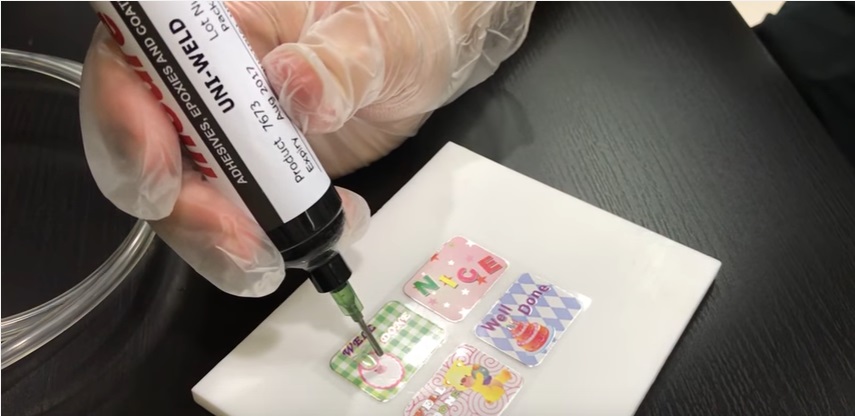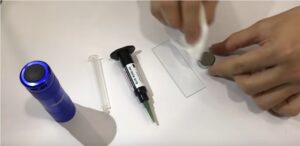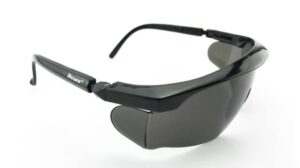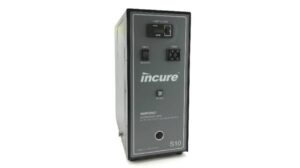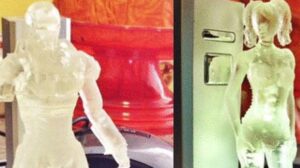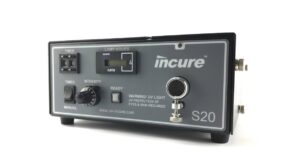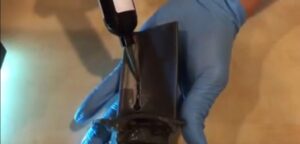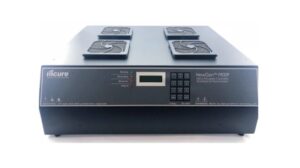We’ve all been there: a broken phone case, a loose earring back, or a delicate craft project needing a strong, precise bond. Super glue often comes to mind, but for some applications, a more specialized solution is needed. Enter UV glue, a unique adhesive activated by ultraviolet light. But does UV glue truly live up to the hype? Let’s delve into the world of UV adhesives and explore their effectiveness.
The Science Behind UV Glue
Unlike traditional glues that rely on evaporation or chemical reactions, UV glue utilizes the power of light. Formulated with photosensitive resins, UV glue cures (hardens) when exposed to ultraviolet radiation. This targeted activation allows for precise bonding control and minimal adhesive spread, making it ideal for delicate applications.
Advantages of UV Glue:
- Fast Curing: UV glue boasts lightning-fast curing times, typically within seconds of exposure to UV light. This is a game-changer for projects requiring immediate bonding and eliminates the need for lengthy drying periods.
- Strong Bonds: Don’t underestimate the strength of UV glue! These adhesives form incredibly durable bonds that can withstand significant stress and strain, making them suitable for a variety of uses.
- Precise Application: The light-activated curing process allows for precise control over the bonding area. This is particularly advantageous for intricate repairs or projects requiring minimal adhesive visibility.
- Minimal Heat Impact: Unlike some bonding techniques that involve heat, UV glue cures at room temperature. This is crucial for heat-sensitive materials commonly used in electronics, miniatures, and delicate crafts.
- Versatility: UV glue can bond a wide range of materials, including plastics, metals, glass, and even some fabrics. This makes it a versatile tool for various applications.
Does UV Glue Have Any Drawbacks?
While offering significant advantages, UV glue does have some limitations to consider:
- Light Source Requirement: You’ll need a dedicated UV light source, such as a UV lamp, to cure the adhesive. This adds an extra step to the process compared to traditional glues.
- Limited Working Time: Once dispensed, UV glue has a limited working time before exposure to light becomes necessary for curing. This requires working quickly and efficiently, especially for larger projects.
- Material Compatibility: While versatile, UV glue may not be suitable for all materials. Always check compatibility before application.
So, Does UV Glue Really Work?
The answer is a resounding yes! UV glue offers a unique and effective bonding solution, particularly for applications requiring speed, precision, and minimal heat impact. While some limitations exist, the advantages of UV glue make it a valuable tool for crafters, hobbyists, and professionals working with delicate materials.
The Future of UV Glue Technology
As research and development continue, UV glue technology is expected to evolve even further. We can expect faster curing times, improved compatibility with various materials, and potentially even light sources integrated directly into glue dispensing tools.
Conclusion:
UV glue isn’t a replacement for traditional adhesives, but rather a complementary tool offering distinct advantages. If you’re looking for a fast, strong, and precise bonding solution, UV glue is definitely worth exploring. So, next time you have a delicate repair or project requiring immediate results, consider the power of light-activated bonding with UV glue!
